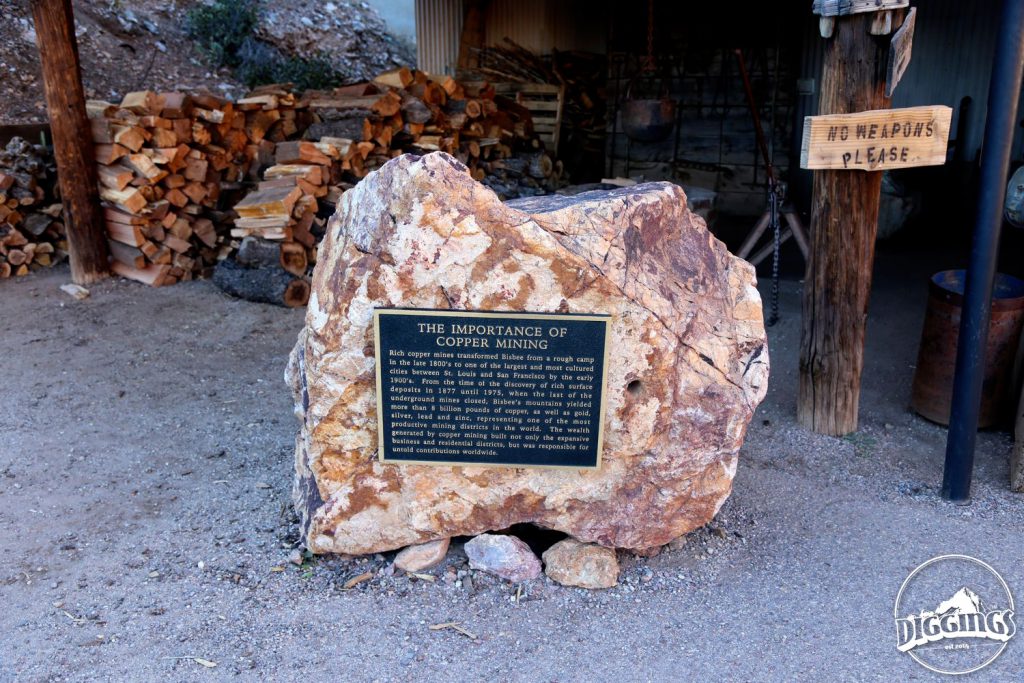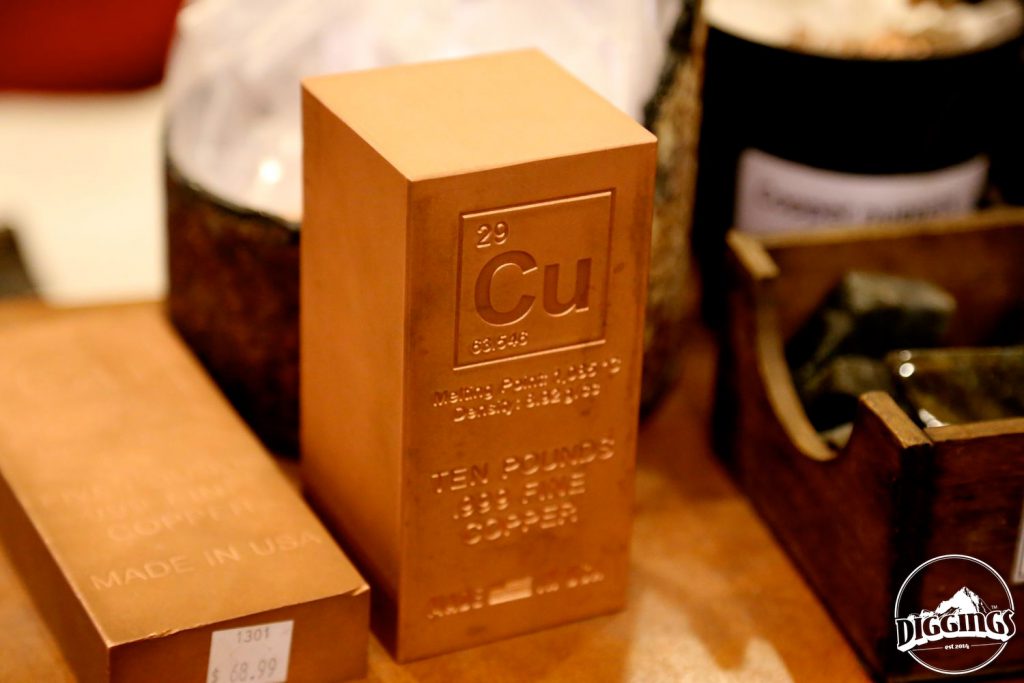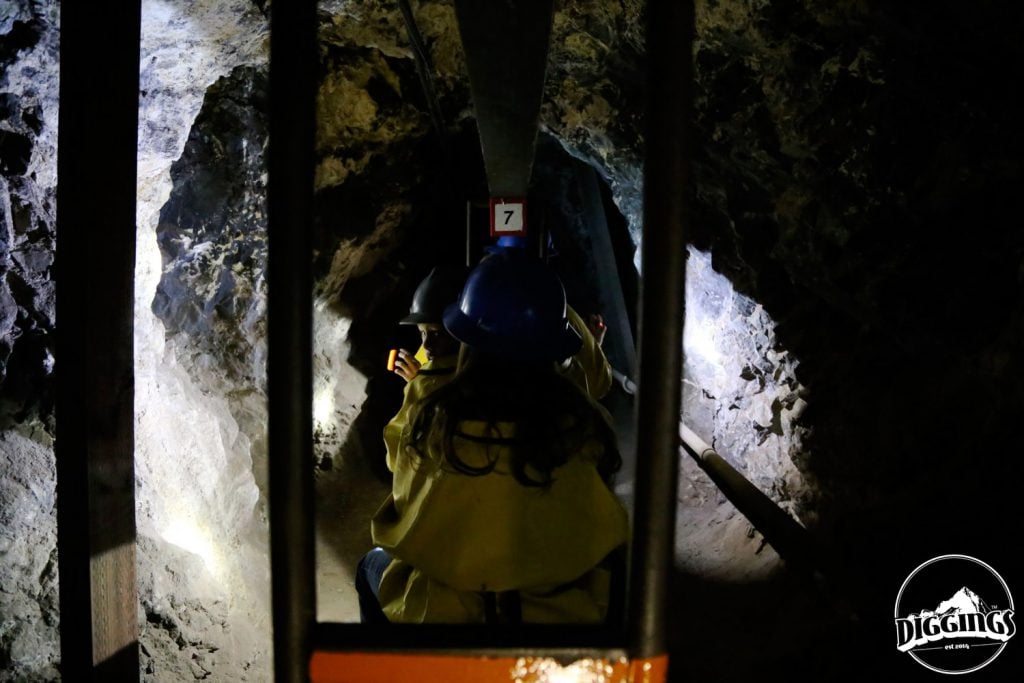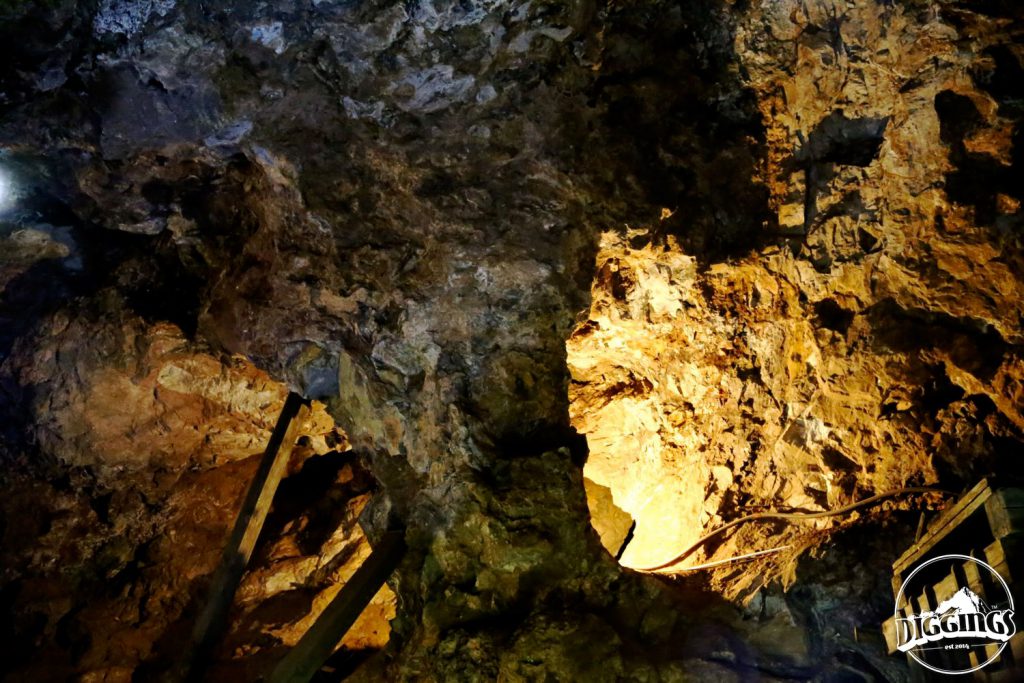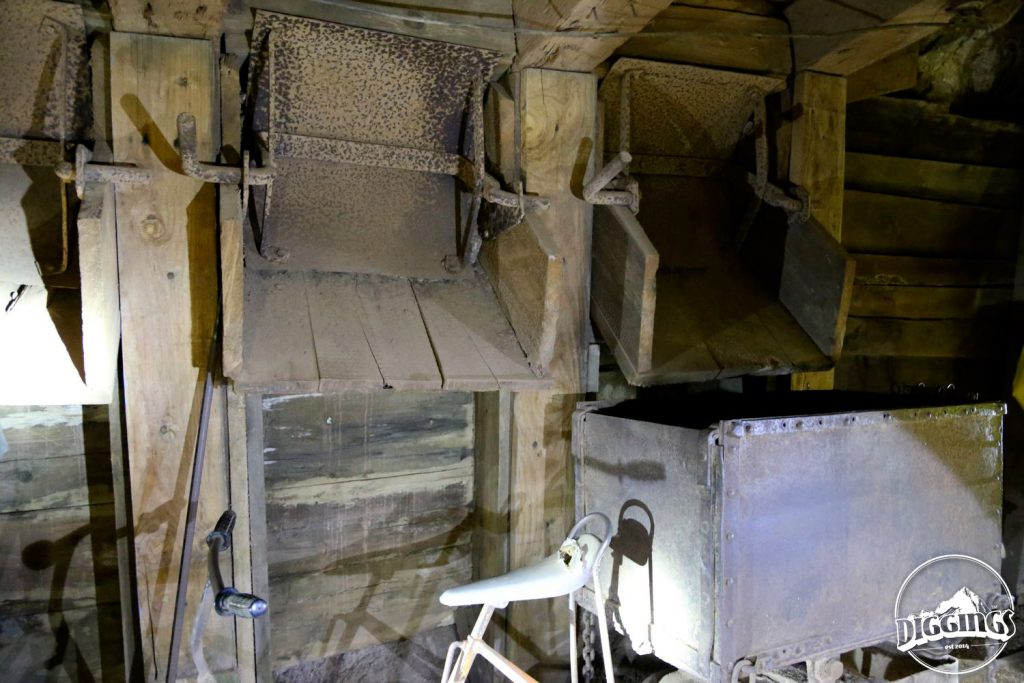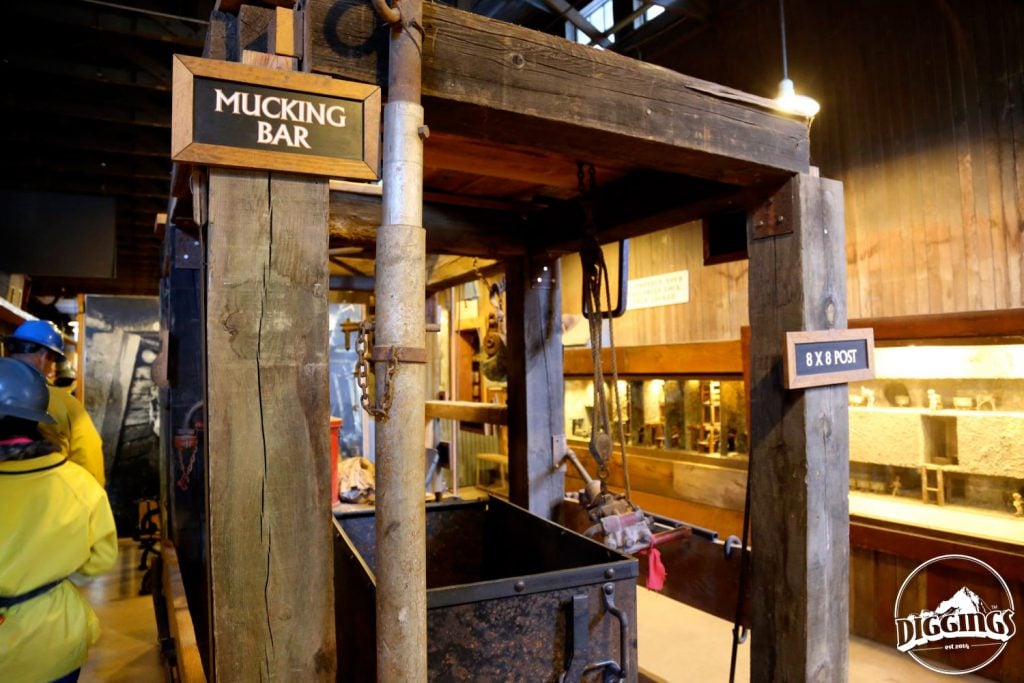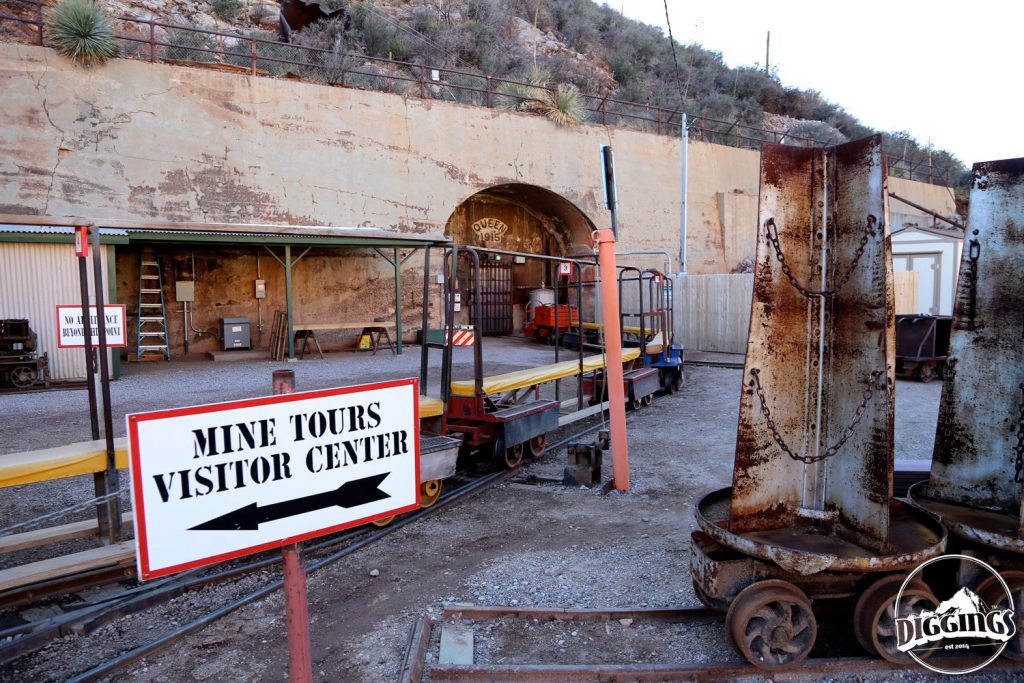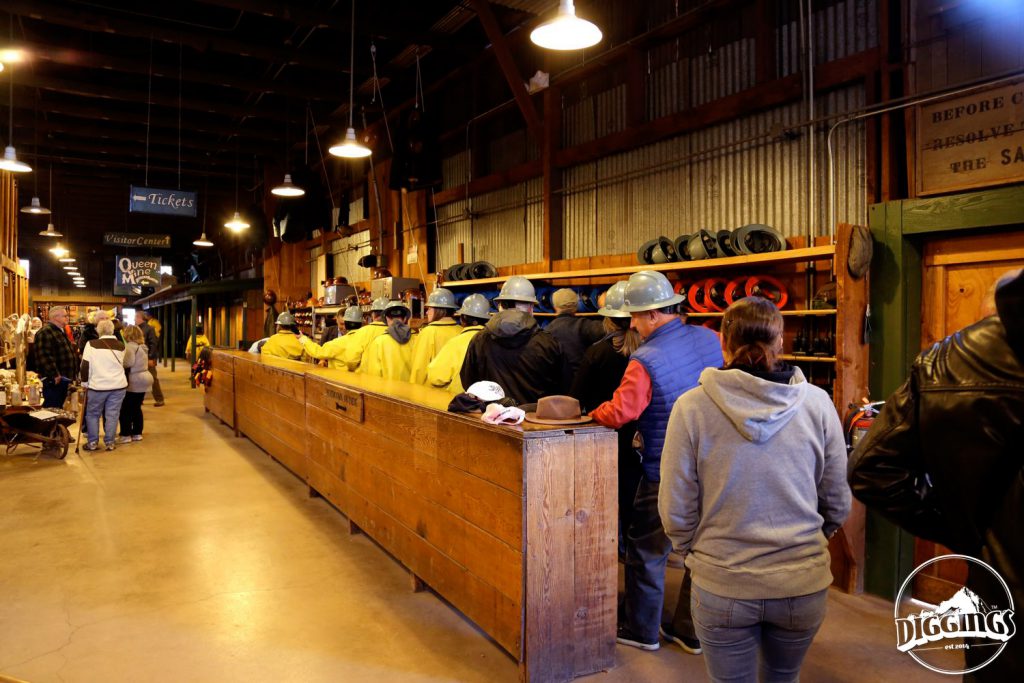Bisbee, Arizona is built along the side of the Mule Mountains. Houses cover the slope from the valley floor nearly to the peak. The roads through Bisbee are narrow, steep, and aging. Many of the highest houses are only accessible by stairs. This was a town established not out of convenience, but out of opportunity. In the late 1800s, Bisbee was a center of refinement for those west of the Mississippi. Elegant old buildings in the historic Down Town attest to the immense wealth that travelled through Bisbee. All of this is the result of incredibly rich veins of copper and the Copper Queen Mine.
The first mining claim in the Mule Mountains of southern Arizona was filed in August 2, 1877. Scout Jack Dunn discovered an orebody while searching for a spring. Along with his commanding officer, Lt. John Rucker and a packer named Ted Byrne, Dunn planned to stake a claim and make his fortune. The party brought in George Warren to map and file a claim for the “Rucker Mine” when new orders forced them to move to a different post. In their absence, Warren placed his own name on the claim as the locator of the mine and went ahead to file for several other mining claims in the area.
As news of the discovery spread, it spurred a boom in Bisbee in the 1880s. Most copper mines could profitably operate with only 3% or 4% copper in the ore. Bisbee had 23% copper orebody along with silver and gold. Miners flooded the Mule Mountains in search of copper. Instead of commemorating Dunn who discovered the first ore body, the region that has produced $6.1 billion worth of metals* is now known as the Warren Mining District, the man who had swindled Dunn.
Along with many other mining investments, Warren held a 1/9th interest in the Copper Queen Mine worth around $490,000 today. The Copper Queen was the jewel of the Mule Mountains. Phelps Dodge was already active in the Warren Mining District before they acquired the Copper Queen Mine. They had invested heavily in developing their Atlanta Mine but as they followed the ore body into an inevitable overlap with the Copper Queen, they arrange to merge into the Copper Queen Consolidated Mining Company in 1885. It was most productive copper mine in Arizona during the early 1900s and even continued producing while other copper mines floundered through the 1930s and 1940s. By the 1950s, the Copper Queen transitioned open pit mining alongside tunnel mining. Almost a century after they acquired the Copper Queen Mine, Phelps Dodge closed the mine in 1975.
Even so, the Copper Queen Mine didn’t stay closed long. In 1976, the mine reopened as a tourist attraction. Visitors can ride a small train 1,500 feet into the historic tunnels and trek into massive hollowed out caverns that were once solid with copper rich ore. More than one million visitors have visited the mine. Today, the Copper Queen continues to be a driving force in Bisbee’s main economy. Now, it just happens to be tourism.
*1975 price

